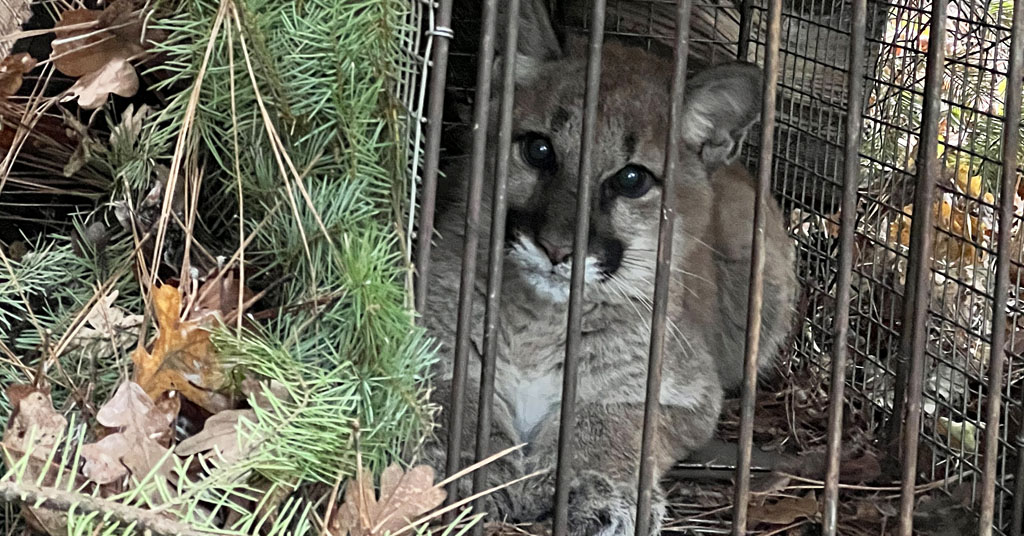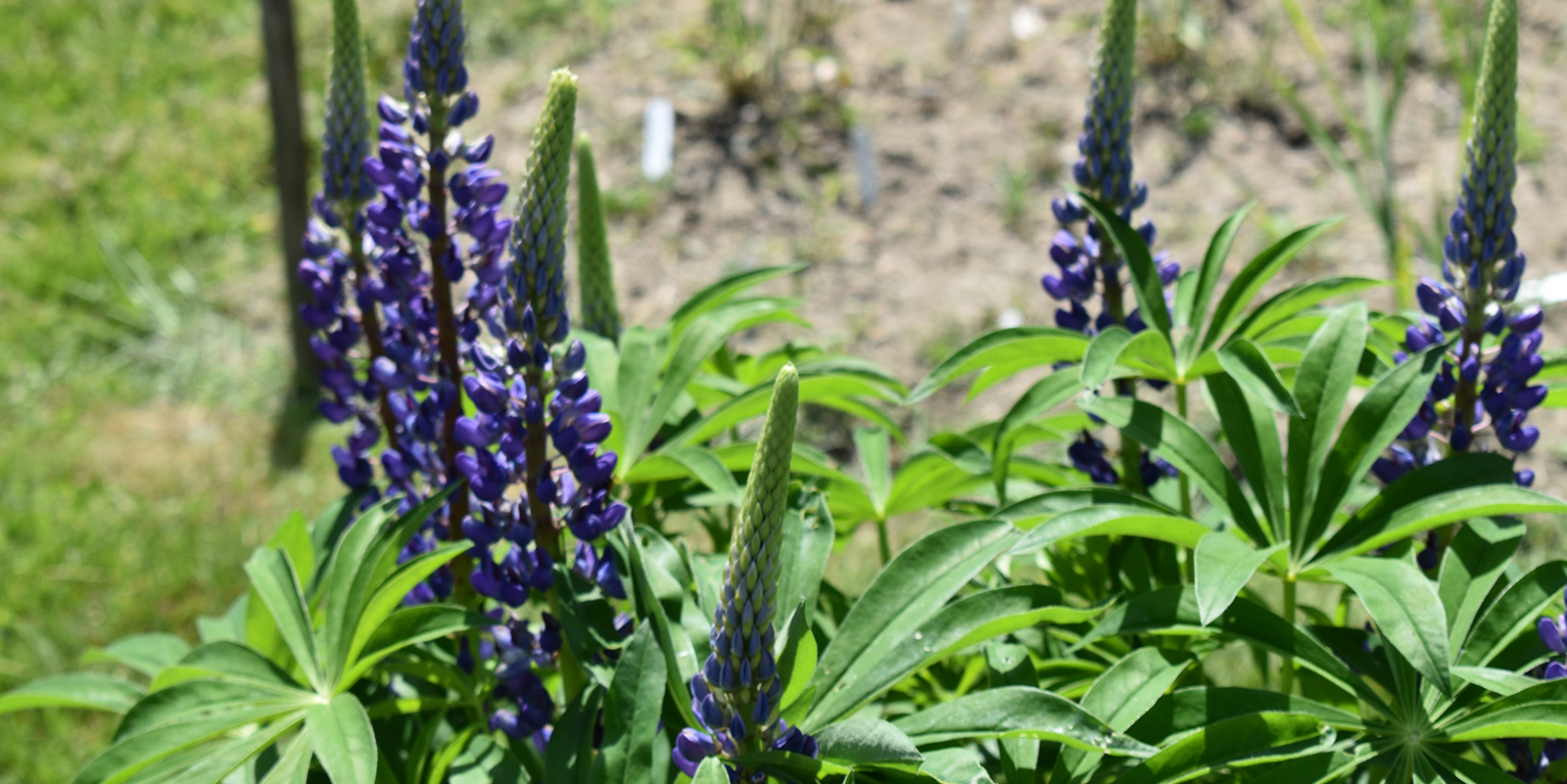R.I. Develops Plan to Deal with Invasive Asian Insect
February 25, 2019
The Rhode Island Department of Environmental Management (DEM) and its partners have finalized a plan to address the destructive effects of the emerald ash borer on the state’s ash trees. An invasive forest pest from Asia, the insect was first detected in Rhode Island last summer; the state has joined the federal quarantine that covers much of the eastern United States.
The state’s strategy for eradicating the pest is to focus on prevention, preparedness, response, and recovery. DEM, in cooperation with project partners, such as the University of Rhode Island and the U.S. Department of Agriculture, will use the plan to guide Rhode Island communities, homeowners, woodland property owners, and other stakeholders as they prepare for, manage, and recover from local-level impacts. The guidance document will be used to assist landowners and municipalities in raising awareness of the emerald ash borer and other invasive pests, how to identify and inventory ash trees, and how to minimize risks.
Although ash trees constitute only about 1 percent to 2 percent of Rhode Island’s forests, ash has been widely planted in urban public areas as landscape and shade trees, on campuses, and in urban woodlots. A compromised ash tree may represent a potential risk to health and safety because of the public use of these areas, according to DEM.
The emerald ash borer threatens all ash species in the state, including white ash, green ash, and black ash. There are no proven means to control the insect in forested areas, though repeated pesticide treatments can help protect individual trees, according to DEM.
An adult emerald ash borer can fly only short distances, but people have accelerated their spread by moving infested material, particularly firewood. Larvae are easily moved in firewood, logs, and nursery stock because they are hard to detect under the trees’ bark.
Residents and visitors are reminded to protect Rhode Island’s forests by buying and burning local firewood. DEM has adopted the Don’t Move Firewood campaign developed by The Nature Conservancy.
Preparedness plays an important role in the state’s response plan, because the emerald ash borer has the potential to cause rapid tree mortality. DEM will continue to conduct surveys to detect the location of any infestations early.
Although the emerald ash borer has already been detected within Rhode Island, it’s still important to monitor the extent of the infestation, according to DEM. Forest land owners are encouraged to know how to identify ash trees and recognize signs of emerald ash borer infestation. DEM advises woodland owners to be cautious if they receive solicitations for the pre-emptive removal of ash trees from their land, and to seek the services of a professional forester before selling trees. The wood of ash trees is valuable for timber and as firewood.
Historically, emerald ash borers advance quickly into un-infested areas at a rate of about 15 miles a year. Ash mortality begins about three years after initial infestation, with peak mortality occurring between years 11 and 16. Final mortality is generally greater than 99 percent.
Emerald ash borers accidentally arrived in North America via wooden packing material exported from China and were first detected in Detroit in 2002. The invasive pest overwinters as larva under the bark of ash trees. As they grow, larvae feed and zigzag through tree tissue, leaving S-shaped tunnels that cut off the tree’s ability to transport water and nutrients. Once infested, ash trees rapidly decline and are killed in three to five years.
In Asia, the insect has co-evolved with native ash trees, so there are natural enemies and pathogens that keep the pests levels in check. That isn’t the case in North America, however, where there are very few if any known enemies and pathogens to control emerald ash borers.
For more DEM information on the emerald ash borer or other exotic agricultural pests, invasive insects, or plants, click here. To report a suspected exotic or invasive insect or plant, fill out the DEM Invasive Species Reporting Form.



